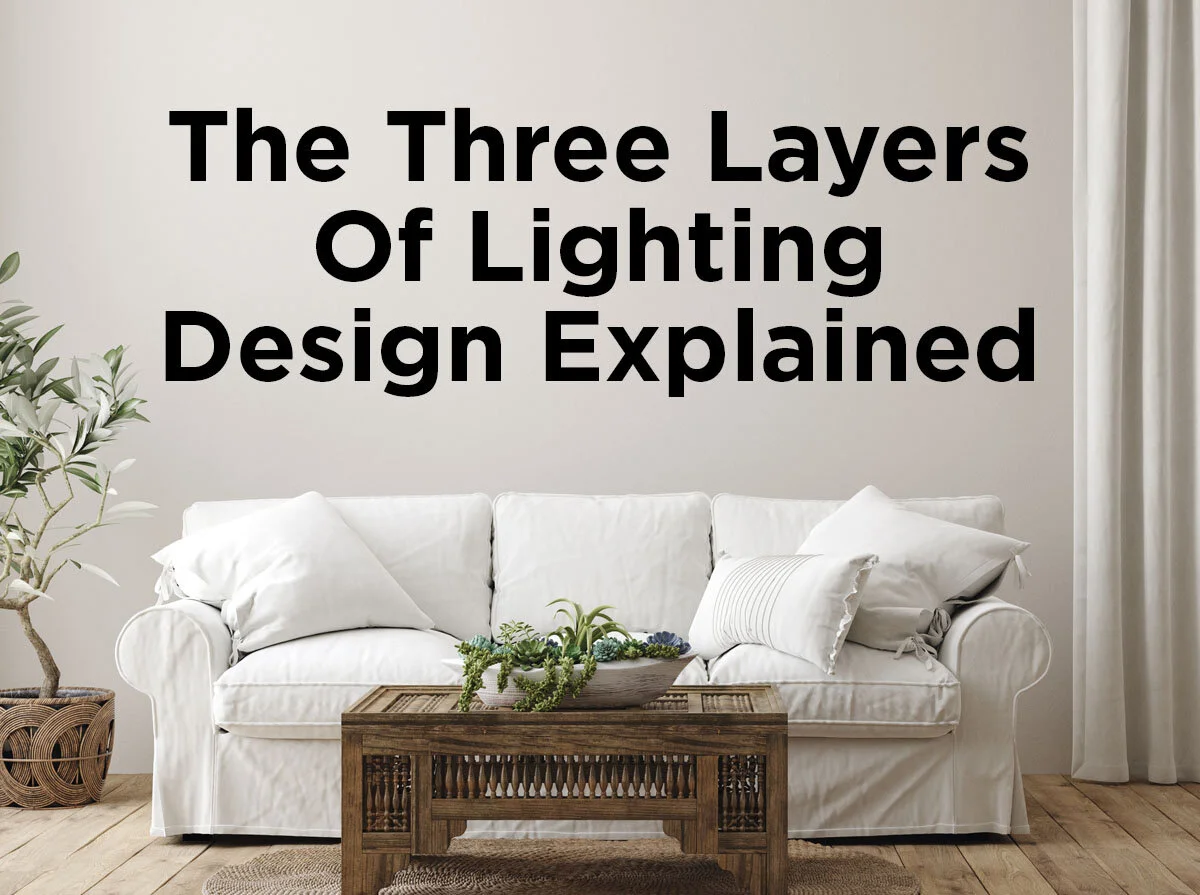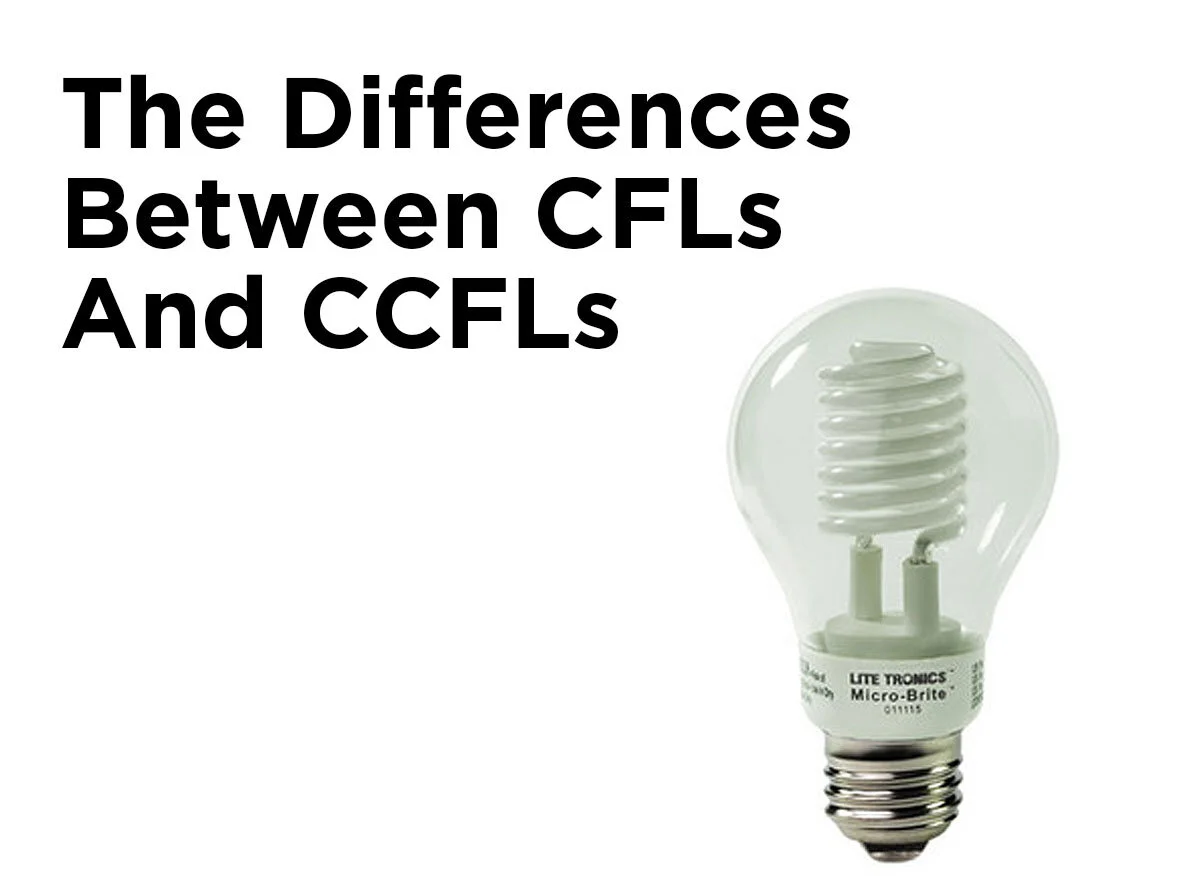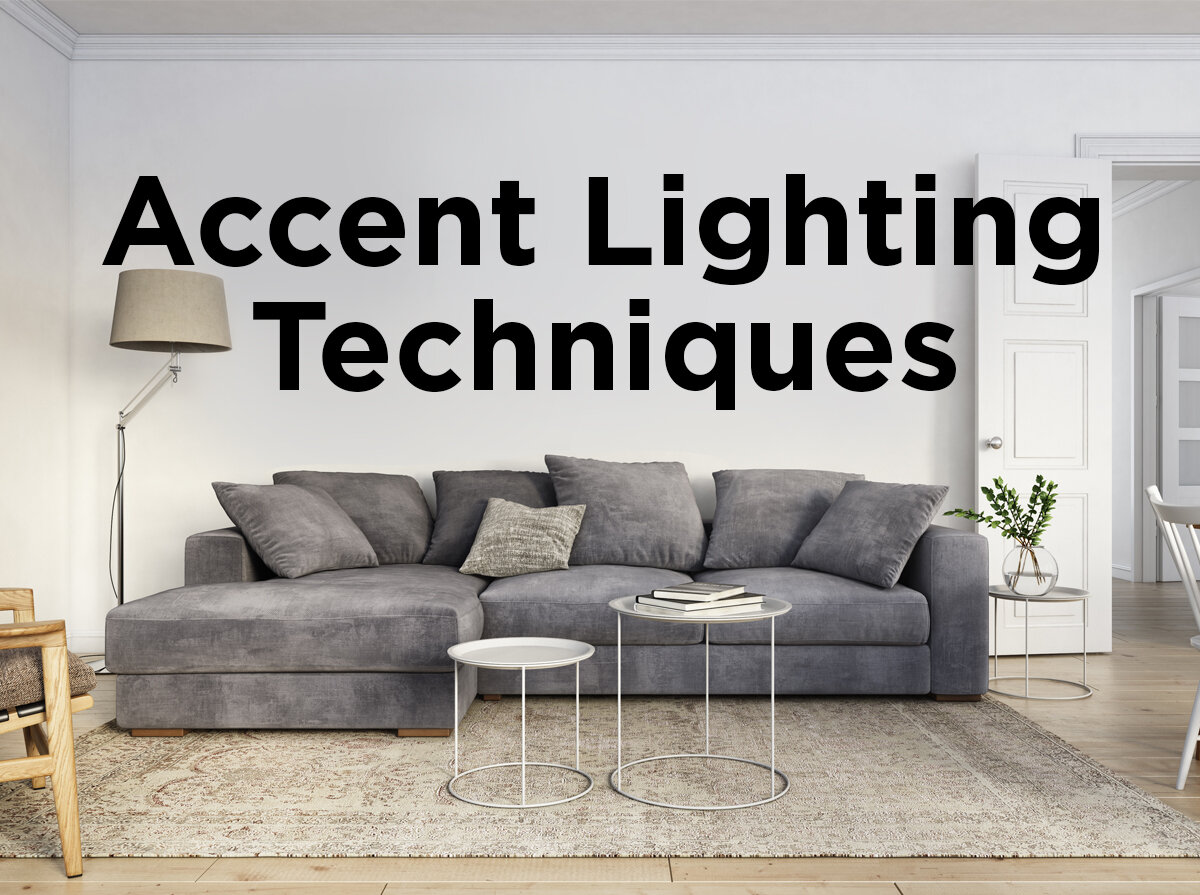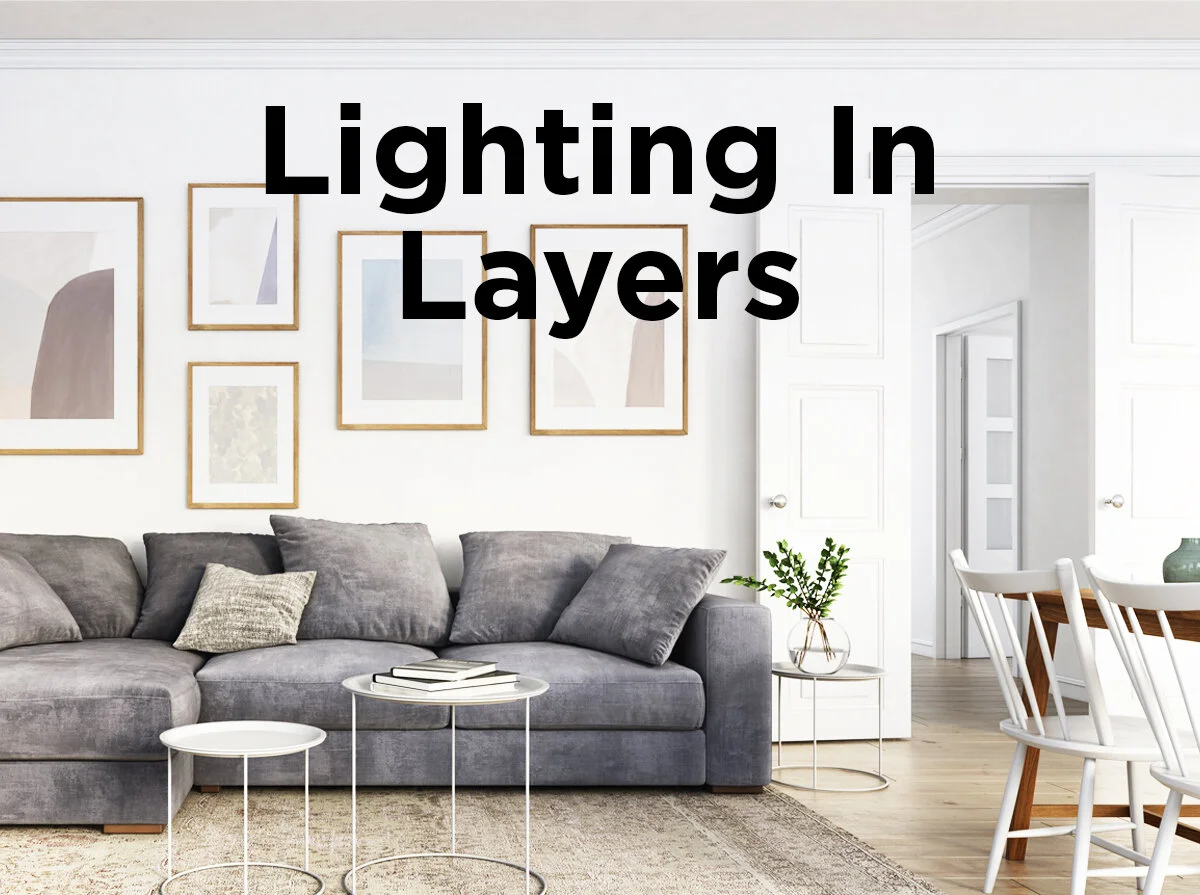The Three Layers of Lighting Design Explained
When decorating the interior of a space, lighting – one of the most important elements of interior design – is often neglected. Having stylish furniture in a room that’s been feng shui-ed to your heart’s desire won’t have nearly the same effect if the only illumination you’re using is a single table lamp or wall sconce. Just as an interior designer would layer colors or fabric, lighting designers use three layers of light – ambient, accent, and task lighting – to enhance a room’s visual appeal.
Why is Layered Lighting Important?
Have you ever been inside a department store dressing room or a dim restaurant bathroom and wondered why the reflection you’re looking at seems less than appealing? It may be because these locations tend to lack multiple layers of lighting, causing unflattering shadows instead of even washes of light. While having all three layers of lighting in public restrooms and dressing rooms isn’t always considered a priority, it should be when it comes to your own home and any other area where a balanced and comfortable ambiance is desired.
The Three Lighting Layers
So that you can get a good idea of how to use ambient, accent, and task lighting in your own home, we’ll break each of these layers down by explaining their function and what kind of light source or fixtures can be used to create them:
1. Ambient Lighting
The ambient lighting layer, also be referred to as the “general lighting” layer, gives your room overall illumination that provides an adequate visual of the entire area. Typically, ambient lighting is created by using overhead lighting such as pendants, semi-flush/flush mount ceiling fixtures, ceiling fans, or chandeliers. In commercial lighting, fixtures such as recessed lights, troffers, and panels are commonly used. This type of general lighting is typically uniform and, dare we say, boring. That’s why the next two layers of light are crucial in lighting design.
2. Accent Lighting
The second layer of light is known as the accent lighting layer or “decorative” layer because it allows you to highlight points of interest in your interiors such as architecture, artwork, or any other features that can’t be made more prominent just with ambient lighting. According to “Lighting Your Life” from the American Lighting Association (ALA), accent lighting is most effective when the light creating the focal point is three times as bright as the surrounding space. Accent lights also act as secondary light sources to chase away the gloom and fill in the places where ambient light can’t reach. Types of fixtures typically used for accent lighting include wall sconces, track lighting, uplighting, and even LED tape lighting or rope lights installed in coves and under counters for toe-kick lighting.
3. Task Lighting
Task lighting, the final layer of lighting design, provides illumination for specific tasks performed in an area. When choosing light for this particular layer, you should first evaluate what is done in that designated area. The light should remove distracting shadows and be glare-free, as well as bright enough to prevent eyestrain. For example, if you typically read in your favorite chair near the bookshelf, you may want a floor lamp or swing arm sconce for better reading light. Commonly used task lights are table and floor lamps, desk lamps, under cabinet lighting, bathroom vanity lighting, and pendant lighting above smaller areas such as a kitchen island, the one shown in the picture to the right.
Keep in mind that this doesn't mean you have to use separate fixtures for each layer when choosing your own lighting. Some fixtures can function as two layers of lighting at the same time. For instance, downlights can be used as both general illumination and accent lighting. Similarly, a wall sconce can be used as both accent and task lighting.
Questions to Ask Yourself
Now that you know the types of layers for your light, you need to know the right questions to ask. You can consult a lighting designer to find appropriate light fixtures to match your tastes and budget. You will need some kind of task lighting in almost every space of your home, with ambient and accent lighting covering the rest of the room. Even if you choose to conduct the search and installation yourself or before a visit from the designer, take some time to consider your answers to questions about lifestyle, preferences, practicality, and color scheme when planning your light design.
Lifestyle. What is the purpose of the room? What activities or tasks do you need to accomplish while you are in there? Are you cooking or watching movies? Doing laundry or doing homework? You need to see clearly if you have any hope of completely that dreaded calculus assignment, or worse, your taxes. But you wouldn’t want that much bright light in the den while watching TV or trying to unwind. Evaluating your daily habits and possible projects will ensure you plan the proper amount of light for your room.
Preferences. What features do you love about the room and is it something you want to highlight? For example, some people may choose to focus accent lights on their textured walls or built-in bookcase, while others direct visitors’ eyes toward fireplace mantels or family photos. Think about what kinds of light fixtures you do and don’t like. If you shun chandeliers or find wall sconces to be old-fashioned, then install recessed can lights or modern track lighting instead. Fixtures finishes and styles should be examined; there is no sense in being stuck with light you hate.
Practicality. Is this a remodel or a newly constructed room? With new construction, it’s easier to build the light design into the architecture. This idea holds true for major lighting remodels as well. If it becomes a large scale project, you may save yourself a headache by replacing the whole ceiling and the lighting in one project. When remodeling, identify where all the existing wiring and electrical outlets are. Many newly constructed houses already include some recessed lighting, so a remodel could only involve replacing or adding a few key fixtures.
Color Scheme. What kind of mood do you want to create? Cozy and warm or bright and airy? The color temperature and the Lumen output of the bulbs you choose can transform the color of your room from sunny beams of daylight to the intimate glow of the fireplace. Remember that darker colors absorb more light, which means you will need to increase the intensity or number of lights in rooms with darker paint or furniture finishes.
After you’ve taken a long, thoughtful look at your lighting, you can begin to form a plan for each room. In our article How Many Lumens Do I Need?, we recommend 20 Lumens (i.e. brightness) per one square foot of floor space, 30 Lumens per square foot for tables and raised surfaces, and 50 Lumens per square foot for desks and task lighting. Beginning with the ambient light layer, multiply the square footage of your room by 20 to give you an estimated Lumen output for the general area. Follow the same formula for the square footage of raised surfaces like dining room tables and task lighting.
It’s a good idea to install dimmers in every room to control the light levels for special occasions and the time of day. Try warmer, dimmer lights in your bedroom for the optimum snooze-fest and reserve your task lighting for bedside tables and the closet or dressing areas. Your vanity mirror will need the most light for picture-perfect makeup but don’t neglect to plan a well-lit bathroom and avoid mishaps in the shower. A hallway of photos may have the brightest lights aimed at the ready-made gallery. The dining room table is considered the focal point of a meal, the ideal place for a chandelier, and indirect light can cast a muted shine on everything else. Although brilliant overall lighting is the norm, under cabinet lighting is the champion of kitchen countertops while pendants prevail over islands and breakfast nooks. A home office isn’t complete without a desk lamp and lighting your stairways (from top to bottom with controls on either end) can save you many, many stubbed toes. There are more rooms and ways to light them than I could write about in just one post yet every space deserves a logical and observant lighting plan.
Do you have any questions or tips to share about the best way to use layered lighting in your home? Leave us a comment below or send us your question via Facebook, Twitter, Pinterest, or LinkedIn!
Original post by Courtney Silva. Additional information added by Ashley Hunter and Angela Rogers. Most recent update on 4/9/2019.
Sources:
HGTV, What To Consider in Lighting Projects
Real Simple, Expert Interior Lighting Tips
American Lighting Association, Lighting Your Life







